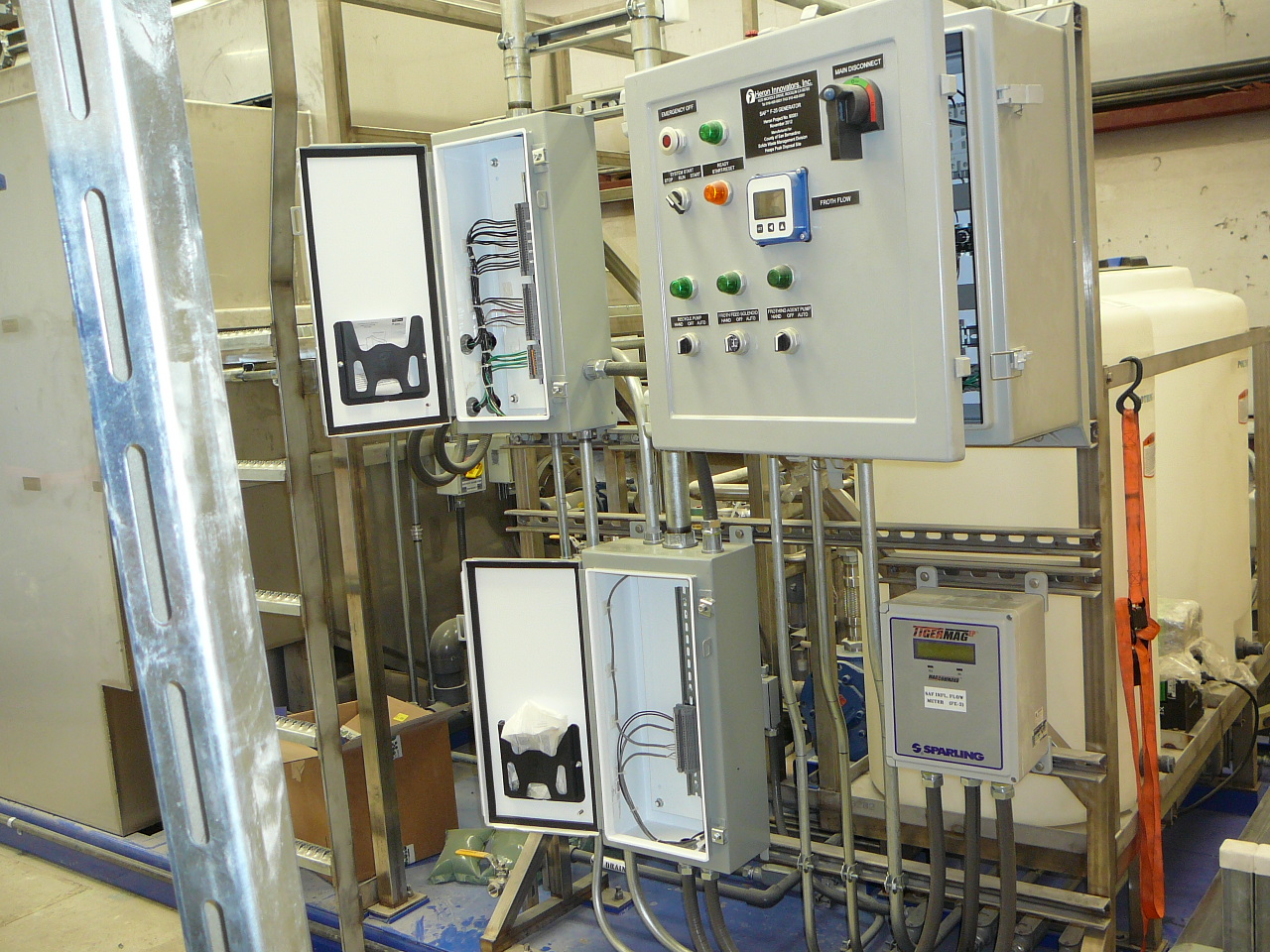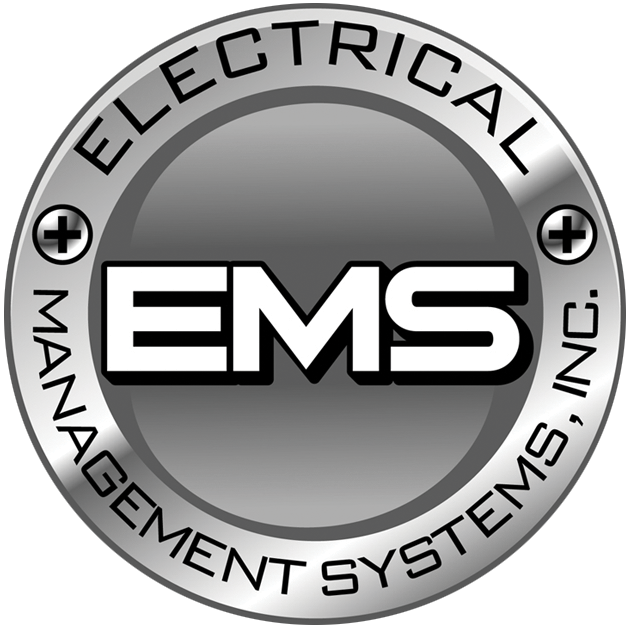Below is a glossary of helpful terms for navigating the electrical services industry and some helpful links to business or services we recommend.

Resources
Glossary
Programmable logic controller (PLC)
Programmable logic controller (PLC): or programmable controller is a digital computer used for automation of electromechanical processes, such as control of machinery on factory assembly lines, amusement rides, or lighting fixtures. PLCs are used in many industries and machines. Unlike general-purpose computers, the PLC is designed for multiple inputs and output arrangements, extended temperature ranges, immunity to electrical noise, and resistance to vibration and impact. Programs to control machine operation are typically stored in battery-backed or non-volatile memory. A PLC is an example of a hard real time system since output results must be produced in response to input conditions within a bounded time, otherwise unintended operation will result.
Leachate System
Leachate System: Leachate is liquid, primarily rainwater, which passes through the waste. The leachate collection system is comprised of a leachate drainage layer installed on the floor and side slopes of the lined landfill cells. Landfills utilizes a geocomposite layer (highly permeable layer geosynthetic net adhere to two layers of geotextile on either sides) on the side slopes of the lined cells. A geotextile overlain on top of geonet is utilized as the drainage layer on the floor of the lined cell.
Six inch perforated, schedule 80 PVC piping network is installed on the floor of the lined cells. Leachate that is collected on the floor of the lined cells flows by gravity to a leachate collection sump located within the cell. Each leachate collection pipe is connected by long radius pipe fitting(s) to a leachate cleanout pipe(s). The leachate cleanout pipes are installed approximately 500 feet apart. Leachate lines are inspected after placing the first lift of waste and annually thereafter. A high-pressure water jet equipped with a nozzle is injected through the cleanout pipe and leachate collection pipe to verify integrity of the pipe and also to clean the leachate lines.
A submersible sump-pump pumps leachate collected within the sump to an above ground 250,000-gallon leachate storage tank. The submersible pump in conjunction with an electrically programmed pressure transducer ensures that the leachate level on top of the liner system is below one foot. Leachate transfer components such as forcemain pipe, risers, manholes and other ancillary components including leachate storage tank that are located outside the lined areas have a secondary containment or a leak detection system.
The leachate storage tank is equipped with pumps and a load-out facility. Leachate from the storage tank is pumped into a tanker truck, which transports leachate to a wastewater treatment plant for treatment and disposal.
In accordance with the leachate recirculation plan, leachate is recirculated back into the waste by a series of perforated pipes and control valves located within the waste. Leachate recirculation is the newer technology which is utilized within the solid waste industry. Leachate recirculation provides beneficial uses such as acceleration of waste decomposition and waste degradation. This process, in turn, accelerates landfill gas production and promotes waste settlement that reduces maintenance of landfill cap components.
Variable Frequency Drive (VFD)
Variable Frequency Drive (VFD): There are many pieces of equipment that rely on operating at different speeds for different processes. A variable speed drive comes into play when the process demands a varying of speed. If the output speed on a piece of equipment can be changed, this is referred to as variable speed drive. A variable speed drive can be mechanical, hydraulic, electromechanical or simply electronic. You may also hear the variable speed drive called an adjustable speed drive.
A variable frequency drive will refer to alternating current (AC) drives alone but a variable speed drive refers to both the AC drive and DC (direct current) drive as well. When the variable speed drive is used only on an AC drive, we call it the variable speed AC drive but always remember that it can also be used with a DC current. Using the variable speed drive AC drive is known to save money with your operating costs. When the motor speed is reduced, less energy is consumed, therefore reducing your electric bill.
Since motor speed control can be an issue with any equipment, the variable speed drive has become rather popular in the industry today. No other DC or AC motor control method will compare to a variable speed drive when it comes to accurate motor speed control. The variable speed drive can be programmed to operate motor speed control at an exact speed, to stop it in a precise position or can apply a specific amount of torque to the motor speed control.
Inverter Motor
Inverter Motor: is one that you would use if you needed the motor to operate at very low speeds which would be controlled with a variable speed drive. A servo motor is one that has a three wire DC motor, a gear train, a potentiometer, an integrated circuit and an output shaft bearing. The servo motor is a three phase induction motor. There are several variable speed drives that can be used with the servo motor. The frequency drive is a device that is used for controlling the rotational speed of an AC motor. The frequency drive regulates the power that is being delivered.


